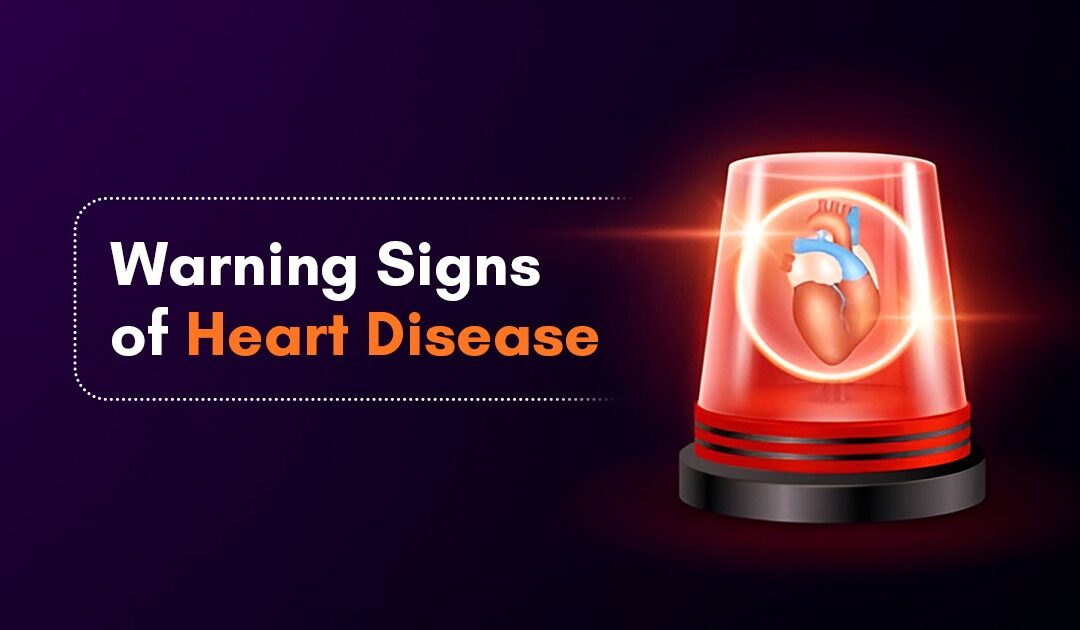Although the winters are cold, a sudden shift in weather can often provoke certain ailments. You try your hardest to keep yourself and your family healthy, yet you may still become unwell despite your efforts. People are spending more time indoors, making it easier for illnesses to spread from one person to another, The chilly, dry air may reduce resistance. Knowing what signs and symptoms to watch for can also help you decide whether or not you need to see a doctor. Here are several frequent ailments that people get at winter time of the year:
The Different Types of Winter Diseases
Common Cold
You have an infection in your nose and throat. Perhaps your ears as well. How long do you think it’ll last?
From a few days to a few weeks. You’re undoubtedly aware that the common cold has no cure. Rest and fluids may help you recover faster. The majority of people are contagious for roughly a week, beginning the day before they have symptoms.
Symptoms:
- Runny nose
- Congestion
- Sore throat
- Cough
- Sneezing
Flu
While seasonal influenza (flu) viruses are detected year-round, flu viruses most common during the fall and winter. The exact timing and duration of flu seasons varies, but influenza activity often begins to increase in October. Most of the time flu activity peaks between December and February, although significant activity can last as late as May.
Symptoms:
- Fever with chills.
- Body pains.
- Headache.
- Running nose, cough.
- Shortness of breath.
- Fatigue ,weakness
seek medical adviced once you notice any symptoms above, so your physician would start you on antiviral medications.
The best way to reduce your risk from seasonal flu and its potentially serious complications is to get vaccinated every year
Pneumonia
What exactly is it? Your lungs are infected, causing pus and other liquids to fill the air sacs.
Viruses are to blame for around a third of the cases. The rest are caused by inhaled germs or fungus, especially in patients who have been weakened by surgery, sickness, age, or smoking.
Symptoms:
- Severe cough with or without phlegm
- High fever with chills and headache
- Shortness of breath
- decreased oxygen levels (if spo2 less than 95%)
- Diarrhoea
pneumonia can be treated with antibiotics. Most symptoms last around two weeks, while the cough can last up to two months.
-
Acute Bronchitis & Bronchial Asthma
You are unable to stop coughing. You most likely began with a dry cough that quickly developed into a mucus-producing cough.
Symptoms to keep a check
- fever with chills
- Runny nose
- Sore throat
- Shortness of breath
Also it is recommneded not to stop using inhalers prescribed by your doctor. Discontinuing may aggrevate your symptoms in a short span of time.
Ear Infection
Acute ear infections, caused by bacteria are a frequent winter disease that causes inflammation and fluid build-up in the middle ear. Colds, smoking, sinus infections, and weather changes are other reasons for acute ear infections.
Heart Disease
Cold weather triggers heart Attacks the exact reason remains unknown but it is thought that cold weather causes narrowing of blood vessels thus reducing blood supply to the muscles. Constriction of coronary(heart) arteries leads to a poor contribution of blood to the heart. An increased load on the heart due to winter makes the heart work harder to pump the blood and, it increases pressure may result in a heart attack . It is safe to keep ourselves warm and hydrated to be healthy.
In both sexes, overall levels of physical inactivity is strongly positively associated with cardiovascular events. Cardiovascular deaths due to stroke account for the leading number of deaths among women as well as men. A seasonal occurrence of Angina Pectoris seems different according to the gender. Significant incidence relative ratios were found higher in males than female.Seasonality of heart attcks was found in most age and sex groups, with men consistently exhibiting a stronger seasonality pattern, although this difference decreases with advancing age. Strokes due to venous or arterial thrombosis are more frequent in women of menopausal age. These variations may be due to the hormonal changes that occur in the body, especially during the early stages of the menopause transition time or later.
Symptoms:
- left chest pain
- radiating chest pain to left hand, back & jaw
- Dizziness and sweating
- Heartburn
- Shortness of breath, increased on exertion.
Skin Problems
As the weather begins to cool down, your skin can react negatively to the seasonal change and you might develop one of the following common winter skin diseases
- Psoriasis
- Dermatitis
- Urticaria
- Dry, flakey scalp
- Eczema
Symptoms include:
- redness of skin
- itching and inflammation over skin.
- rough or scaly patches over hands & legs
- bumps or blisters
As per many stuides & practical experinces, it is observed that there will be mild to severe flare up in many of the above conditions.
Joint Pains
The weight of the air surrounding us leads to winter knee pain which is known as barometric pressure. When cold weather arrives, the fluids within your knee’s joints begin to expand the sensitivity of nerves in the joint, which aggrevates joint pains, and increase in joint stiffness.
Conditions in which flare up is observed are
- Rheumatoid arthritis
- Osteoarthritis
- Psoriatic arthritis
Conclusion
It’s crucial to follow hygienic habits , such as hand washing, coughing into a tissue, and avoiding contact with other people when you’re sick, no matter what time of year it is. However, if your symptoms aren’t improving or are growing worse, it’s time to consult your physician.




